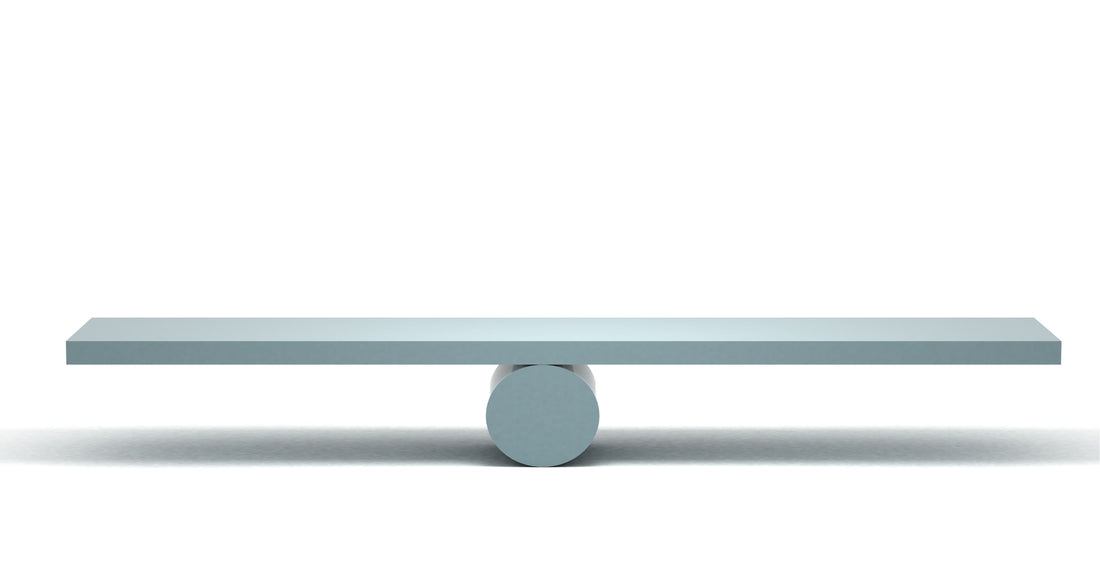
The Art of Balance: Finding Harmony in a Chaotic World
Share
In an ever-changing world filled with pressures and demands, the concept of balance is more relevant than ever. Balance does not mean achieving perfection in all aspects of life but rather finding a dynamic equilibrium that adapts to our needs, values, and circumstances. It requires intentional choices, self-awareness, and the flexibility to recalibrate as life evolves. Inspired by ancient philosophies and modern insights, this article explores how to cultivate harmony between work, relationships, personal growth, and well-being, while embracing the challenges of living in a complex and fast-paced environment.
1. The Philosophy of Balance Across Cultures
Throughout history, different cultures and philosophies have emphasized the importance of balance as a path to a meaningful and fulfilling life:
-
Aristotle’s Golden Mean: The ancient Greek philosopher emphasized moderation as the key to a virtuous life, avoiding extremes in behavior and thought. For Aristotle, balance was essential for cultivating ethical character and rational decision-making.
-
Taoism and Yin-Yang: The Taoist perspective teaches that harmony arises from the balance between opposing forces—light and dark, activity and rest, giving and receiving. This duality is not about conflict but about complementary interactions that create wholeness.
-
Buddhism and the Middle Way: Buddhism highlights the importance of avoiding extremes, encouraging a balanced approach to both material and spiritual pursuits. By treading the Middle Way, individuals can transcend suffering and achieve inner peace.
These philosophical frameworks remind us that balance is not about rigid rules but about adaptability and mindfulness. They serve as timeless guides for navigating life’s complexities with clarity and intention.
2. Identifying the Pillars of Balance in Life
To achieve harmony, it is essential to identify and nurture the core aspects of life. These pillars provide a foundation for a balanced existence:
-
Work and Rest: Productivity thrives on the foundation of adequate rest. Rest is not a luxury but a necessity for sustained performance and creativity. Establish boundaries to ensure you prioritize sleep, leisure, and recovery alongside professional commitments.
-
Connection and Solitude: Human relationships are a cornerstone of emotional well-being, but balance requires carving out time for introspection and self-care. Solitude fosters self-awareness and clarity, while meaningful connections offer support and shared joy.
-
Growth and Stability: Pursue personal development and strive for continuous learning while cherishing moments of contentment. Stability provides a safe base, while growth encourages exploration and renewal.
-
Material and Spiritual Fulfillment: While material success can enhance comfort and opportunity, spiritual practices offer a deeper sense of purpose and connection to the world around us. Balance these aspects to create a holistic sense of satisfaction.
3. Strategies for Cultivating Balance
Cultivating balance requires conscious effort and consistent practice. Here are actionable strategies to incorporate balance into daily life:
-
Set Priorities: Regularly assess your values and align your actions with what truly matters. Use tools like the Eisenhower Matrix or journaling to clarify what deserves your focus.
-
Embrace Flexibility: Recognize that balance is fluid and requires constant recalibration based on changing circumstances. Allow yourself to adjust plans without guilt when priorities shift.
-
Practice Mindfulness: Engage fully in the present moment to better navigate competing demands. Techniques such as deep breathing, meditation, or mindful walking can anchor your awareness and reduce stress.
-
Simplify Commitments: Learn to say no to obligations that do not align with your values or goals. Overcommitment often leads to burnout and distracts from meaningful pursuits.
-
Time Blocking: Schedule dedicated time for work, relaxation, relationships, and personal growth. Structuring your day ensures that each pillar of balance receives attention.
4. The Role of Resilience in Maintaining Balance
Resilience acts as the foundation of balance, enabling you to adapt to challenges without losing focus on your values. Life’s unpredictability often tests our ability to maintain equilibrium, but resilience offers tools to navigate these disruptions:
-
Reflective Journaling: Writing about daily experiences and emotions can help you process setbacks and identify areas for improvement.
-
Gratitude Practices: Cultivating gratitude shifts focus from what is lacking to what is abundant, fostering positivity and perspective.
-
Growth Mindset: Embrace challenges as opportunities for learning and development. A growth mindset reframes failures as stepping stones to success.
-
Building a Support Network: Surround yourself with individuals who inspire and support you. Community and connection can provide stability during difficult times.
5. Balance as a Lifelong Practice
Balance is not a destination but a continuous journey. It evolves as your priorities and circumstances change, requiring regular self-reflection and adaptation:
-
Periodic Reviews: Set aside time to evaluate whether your current routines and habits align with your values. Small adjustments can lead to significant improvements.
-
Celebrate Small Wins: Recognize and appreciate incremental progress toward harmony. Celebrating achievements, no matter how small, reinforces motivation and confidence.
-
Align with Purpose: Connect your daily actions to a larger sense of purpose. Purpose-driven living adds meaning to balance and makes sacrifices feel worthwhile.
Conclusion
Balance is a lifelong pursuit that requires intentional effort, self-awareness, and resilience. By integrating timeless wisdom with practical strategies, you can create a life that is not only productive but deeply fulfilling. Remember, balance is not about achieving a perfect state but embracing the journey with grace and adaptability. Each step toward harmony contributes to a richer, more meaningful existence.
Recommended Book: The Power of Full Engagement by Jim Loehr and Tony Schwartz. This book provides actionable insights into managing energy rather than time to achieve balance and peak performance.
